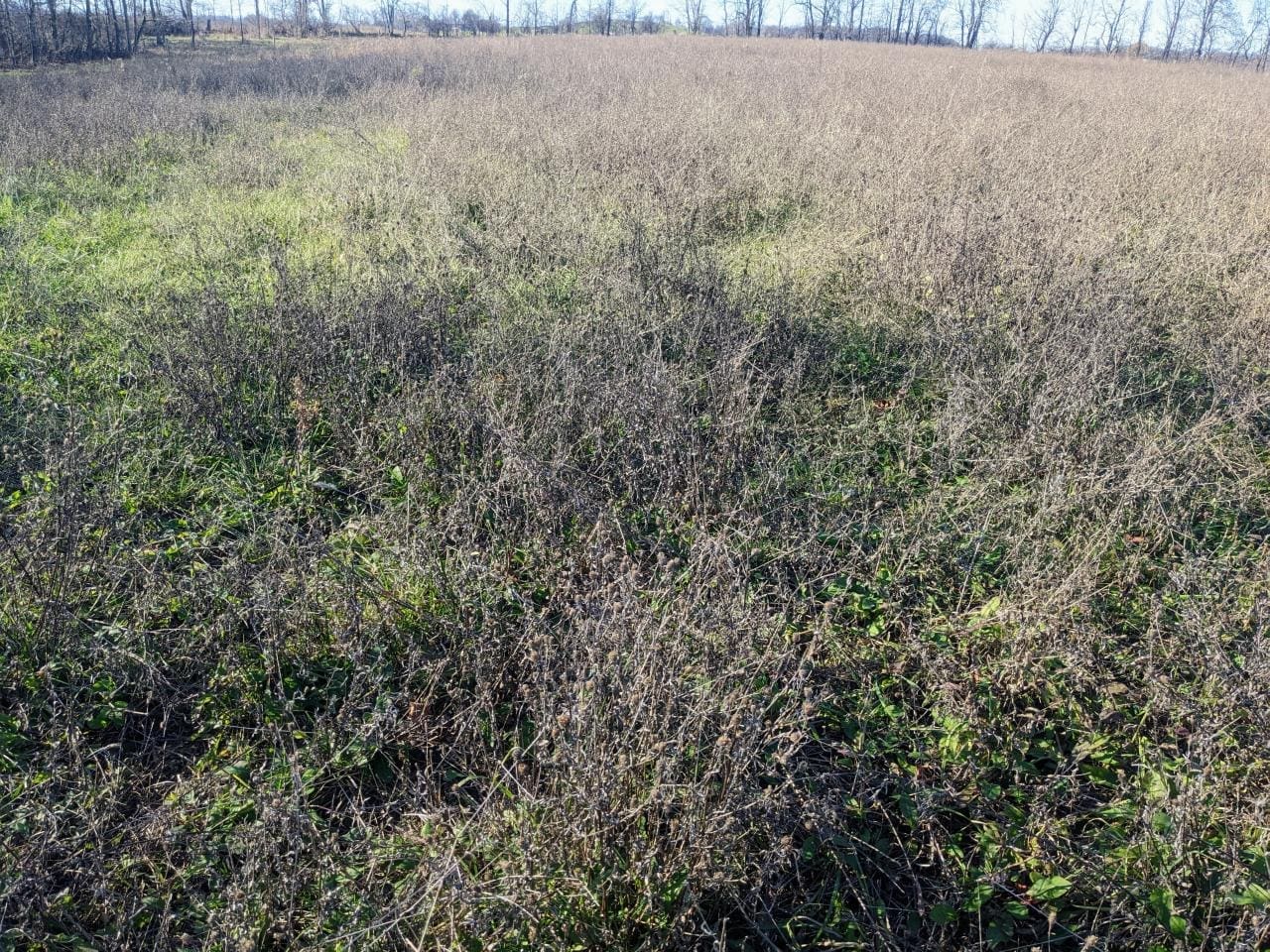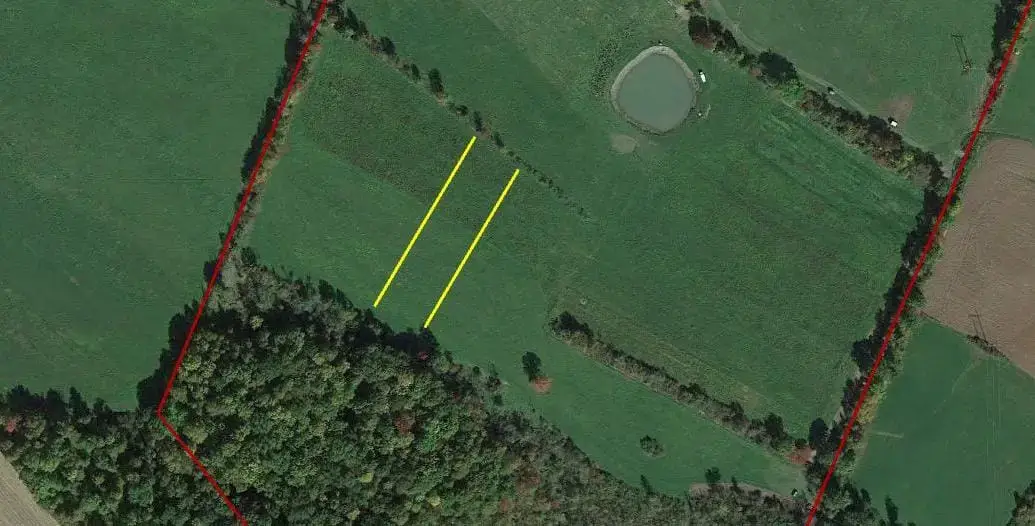Foliar sprays. Biochar. Compost tea. Kelp. Apple cider vinegar. Good luck amulets. Chances are, if you’ve spent any time at any organic farming event, you’ve been hounded by hucksters, all eager to impress upon you the transformative power of the thing they happen to be selling. The sales pitch will be reminiscent of the dusty Western medicine show. “Step right up folks. Are your plants spindly and weak? Are your eggshells thin and cracked? Are the bugs eating your taters? What you need is right here in this bottle. It’s just the thing!”
Now, I’m not here to cast doubt on any of these products. Well, alright, I’ll admit that I don’t believe in lucky charms. But the other items likely all have merits. However, I am always skeptical when I hear the sales pitch for some powder or potion that will fix what ails my farm, especially when it purports to fix a wide and varied list of ailments.
The thing that sets the salesmen up for success is that every farmer has some problem, and every one of us has been looking for a way to fix it. Any farmer, given the chance, will admit that there is one issue that has been nagging us lately. Maybe the piglets are not growing as they should, or the hay isn’t putting enough weight on the cows, or the corn leaves aren’t as green as they ought to be. But there’s always something that isn’t right.
For me, the persistent problem has been out in the last pasture. It’s all the way at the back of the farm. It only grows a small fraction of the amount of grass that any other of my fields can produce. Over the last few years knapweed has run rampant across it. Knapweed is an invasive plant that cattle and other livestock won’t eat. Soil testing shows that this ground has the lowest organic matter anywhere on the farm, and it has the lowest levels of all the minerals measured in the soil test. Ever since we moved here it has been the least productive field. And, unlike all the other pastures that respond well to our grazing management, this one never seems to improve. So this is the one that’s always on my mind. What can be done for it?

The Vitamin Catalog Problem
These days I don’t take any vitamins or supplements. But whenever I am sorting through our junk mail and find a vitamin catalog, I can’t help but page though it. And inevitably, this internal dialog starts up in my head:
Oh, here’s a pill that will improve my memory. Sometimes I’m really forgetful. I wonder if I could sharpen my memory.
And this fixes heart problems. I don’t have heart problems, at least I don’t think so. But would I even know if I did? I don’t want to drop dead of a heart attack.
And this makes kidneys work better. I have no idea what my kidneys are up to, but maybe I should try that pill just in case. Being on dialysis would be terrible.
The problem with vitamin catalogs is that they make us feel more fragile and needy, so we’re primed to be desperate for cures. Farming cure-alls follow that same approach. Present a broad and descriptive list of ailments, and soon enough we’ll be reaching for our wallets, ready to shell out our money for anything that’s sold as a surefire fix.
So how do we armor ourselves against the manipulative aspects of the sales pitch while also being open to trying something new?
Baby Steps
My approach to the predicament of choosing among a half dozen competing cure-alls, is to begin with the smallest, simplest on-farm research. One of the offered solutions involves spreading highly mineralized salt on the pasture. The premise is that our fields are deficient in micronutrients, and that certain highly mineralized salts have a balanced, comprehensive array of these trace elements. This particular solution, among all the others, presented the lowest entry barrier. We already use the salt as a mineral supplement for our cattle, so I have fifty pound bags of it on hand.
If I were a university researcher I could run larger scale, formal trials on my field, with a proper set of control and treatment groups. I’d employ graduate students to run all over the place, taking measurements, clipping the grass and weighing it, probing the soil, testing all the forages. But I don’t have a research staff, and I don’t have a lot of time to mess around with formal research. All our on-farm research needs to be just rigorous enough to teach us something.
In this case, I carried a bag of our livestock salt across the pasture, flinging handfuls in a wide arc out in front of my path. I marched in a line, starting at a fence post and ending up at the opposite post five hundred feet away. Then I made a second pass about one hundred feet further down the field. This gave me two salt-treated bands, each surrounded by untreated ground. The work isn’t perfect, but it should give us something to study.

Next year I’ll make some observations throughout the growing season. I know the locations of the fence posts where I started and stopped spreading, so if the salt makes any difference, I’ll know where to look. Maybe the grass will be greener, maybe the knapweed will be thinner, maybe I’ll notice the cattle preferring to eat the grass from the treated areas, or maybe nothing will be noticeable. But the testing will cost me very little, and by the end I should know whether this is something deserving further investment of time and money.
I guess this sets me up for a follow-up post next summer. If there’s anything worth reporting, I’ll do a write up and let you know here.

2 thoughts on “Potions for Pastures”
Go Dave! Your methodical, scientific, creative, passionate and energetic approach to the challenges of organic farming is inspiring!
Thank you Jud.